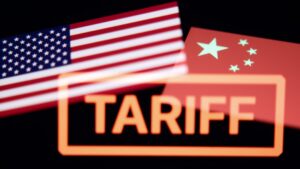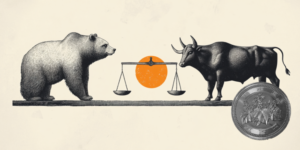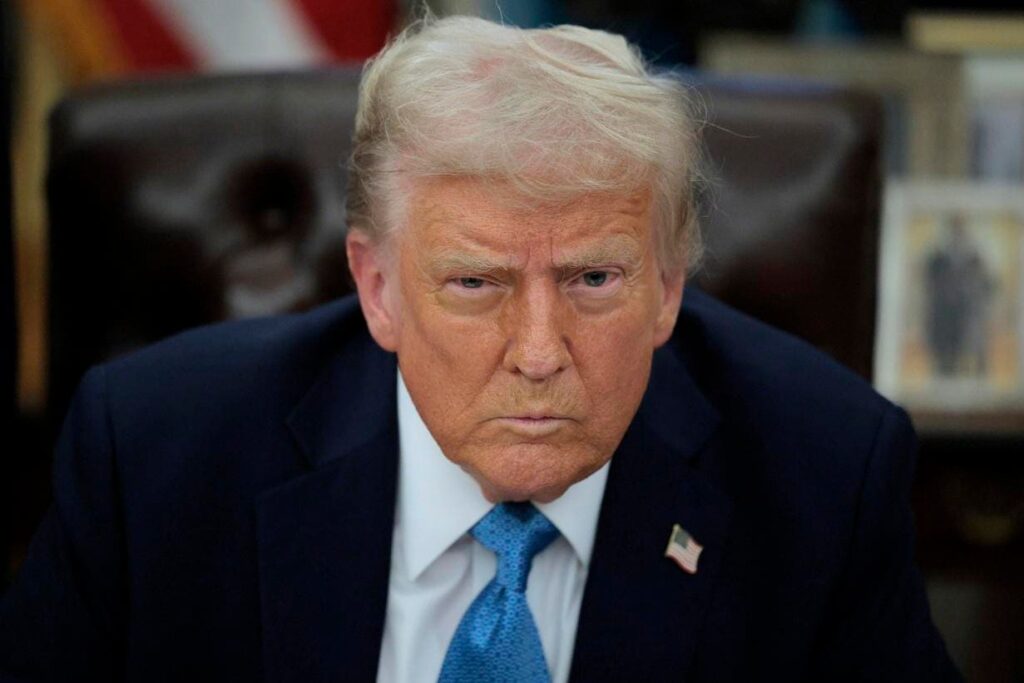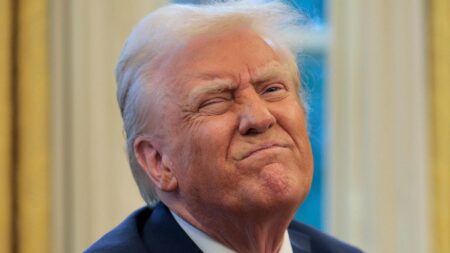The effect of President Trump’s announced tariffs sent shock waves throughout the world. As I began writing this, the tariffs were scheduled to be implemented at 12:01 Tuesday morning. As I finished this article, Trump announced a pause on tariffs on Mexico for one month. Regardless, this is a pause and not a retraction of the tariffs, so it is still worth exploring. Are tariffs inflationary? How do tariffs work? Who will shoulder the increased cost? Will tariffs cause a recession? How do tariffs affect different products? What’s the end game or goal of the Trump administration?
The Mighty U.S.A. Under Trump
The U.S. is the largest economy in the world by a wide margin, and as such, America has significant influence on the global economy. The U.S. economy, as measured by its GDP, is about $30 trillion. China has the second largest economy in the world with a GDP of $19.5 trillion. Germany is the third largest economy with a GDP of $4.92 trillion. Clearly, the U.S. is in the driver’s seat, economically speaking.
Are Trump’s Tariffs Inflationary?
Let’s consider an example. Assume you own a business which makes a product, and you have been importing the components of your product from China. If you typically spend $1.0 million per year on these imported components, when you add a 10% tariff, it raises your cost of production by $100,000. In short, your cost to make your product just increased to $1.1 million per year.
Who pays the additional costs? The answer is not as clear as many news outlets suggest. First, if your company has a large enough profit margin, you may decide to absorb the costs and not raise the price consumers pay. Next, you may decide to share the increase by raising the price of your product a bit while absorbing part of the increase. Finally, you may decide to pass the entire increase on to the consumer.
Which is more likely? It depends on whether your product is an essential product and what the consumer will tolerate. Let’s say you pass the entire increase onto consumers. If the price is too high, and the consumer can find a cheaper alternative, they may buy the cheaper product. If there is no cheaper alternative and your product is not essential, the consumer may decide not to buy it at all.
Different products have different outcomes. For example, fresh fruits and vegetables have a relatively short shelf life and we import most of these foods during the winter months. In addition, much of it comes from Mexico where a 25% tariff was scheduled to be imposed. These products are picked shortly before they ripen and shipped to the U.S. where they are stored before they appear on the grocery shelves. Due to the potential for spoilage, the existing inventory of perishable foods is low, and consumers would see price increases soon. Food is also an essential item, and the profit margins of grocery stores are extremely small. Thus, consumers would be forced to pay higher prices.
Non-perishable products are different. Auto parts, for example, can be stored for an extended period before being used. Therefore, it may take longer for consumers to see higher prices. Why? Because companies can use existing inventory first before using the higher priced imports.
Trump’s Tariffs and Recession Risk
Imposing tariffs can increase the risk of recession. Recession happens when economic activity falls below a certain level. If tariffs cause consumers to reduce spending, since 68% of U.S. GDP is derived from consumer spending, less of it can lead to a recession. We learned this during the Great Depression when Congress passed the Smoot-Hawley Tariff Act. The depression began in 1929 and despite warnings from economists at the time, Congress passed the Act and President Hoover signed it into law on June 17, 1930. Many economists believe this is a key reason the depression continued for as long as it did.
Trump Tariffs: Why Mexico, Canada, and China?
The White House has said the new tariffs on Canada, Mexico, and China are about stemming the flow of fentanyl into the United States. Thus, it is a war on drugs. The media is portraying it as a trade war. Which is true? Possibly both. While it isn’t a trade war now, it could become one.
In 2024, Mexico was the leading trading partner with the U.S., exporting over $424 billion to America. A significant part of this was auto parts and accessories. If the proposed 25% tariff on imports from Mexico takes effect, the price consumers pay for auto parts, and automobiles, will rise. Not immediately, but if the tariff remains in place for many months, prices will certainly increase.
Why Canada? Currently, the flow of fentanyl from Canada is much less compared to Mexico. However, there is growing concern about fentanyl from Canada. According to CBC news, Canada’s publicly owned news and information service, criminal networks are shifting from importing fentanyl into Canada to making it there. This increases the risk of fentanyl entering the U.S. and is a key reason the Trump administration is imposing a 25% tariff on several Canadian exports to the U.S. Canadian energy exports would have a 10% tariff so gasoline prices may not rise as much as expected.
Why China? According to a DEA Intelligence Report on fentanyl flow to the United States, dated January 2020, China and Mexico are the primary source countries for fentanyl. This has led to an additional 10% tariff on China imports to the U.S.
What’s the endgame? Because these tariffs may cause a reduction in the amount of goods sold by Mexico, Canada, and China, and this reduction could negatively affect each country’s economy, politicians in those countries will be motivated to negotiate with the U.S.
Trump has stated that these tariffs may cause short-term pain before a long-term benefit is realized. While this is true, how much pain will it cause? That remains to be seen.
Read the full article here
















